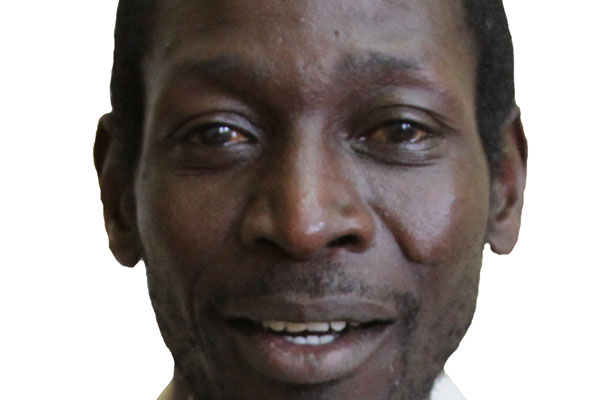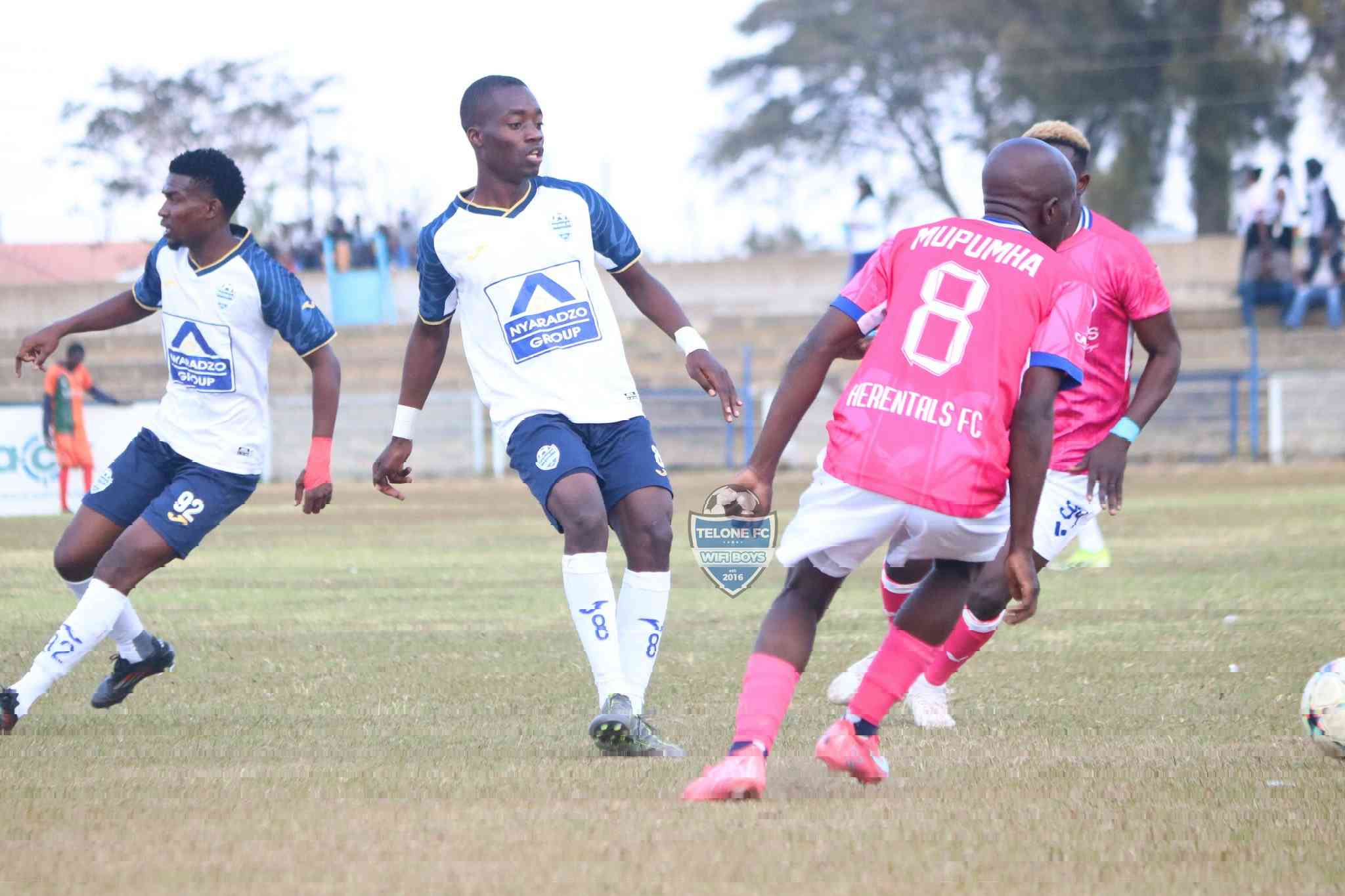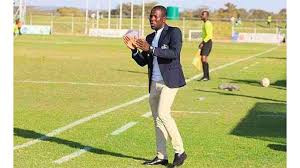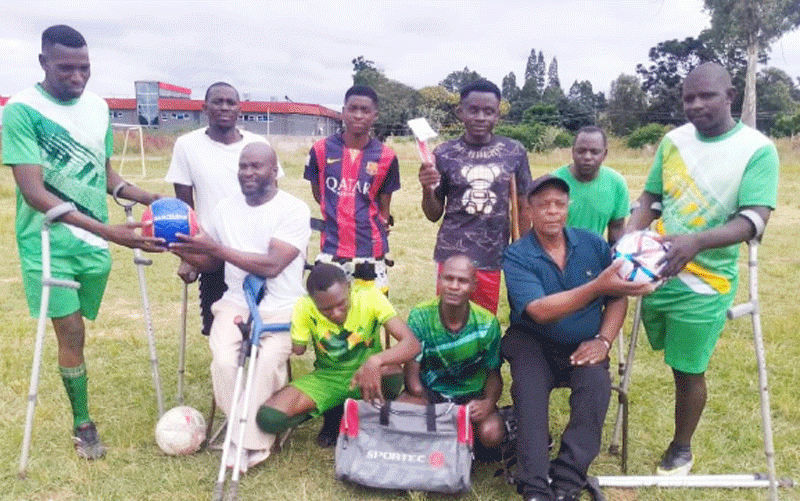
insidesport:with MICHAEL KARIATI
After countless warnings, it has finally happened and the Warriors of Zimbabwe will play their 2021 Africa Cup of Nations (Afcon) and probably their 2022 World Cup qualifier assignments in foreign lands — as punishment for the poor state of the country’s own stadiums.
From the outset, this might look like a small matter, but in reality, it is a very big issue considering the fact that it has brought shame to the name of the country in the eyes of the international world.
Surely, there are countries which have been forced to play their matches in foreign lands —due to war or civil strife — but to be forced out because one does not have an up-to-standard football stadium is sinking to the lowest in world football.
What makes the Zimbabwean situation even worse is the fact that there seems to be no immediate way out of this crisis as those responsible for the stadiums do not seem to have the finances nor a clue as to how they are going to solve the problems on the ground.
In all this, the person who is suffering is the ordinary football fan and Zimbabweans at large who have been deprived of the opportunity to watch Manchester City’s Riyad Mahrez and their favourite Warriors, right on their doorsteps.
The Warriors themselves too, would also be disadvantaged by playing a home game in an unfamiliar stadium and, more importantly, before a huge and probably hostile crowd.
What is disheartening is the fact that this problem is of our own making and could have been resolved way back had Zimbabwe followed the guidelines which were laid down in 1998 when the country won the rights to host the 2000 Afcon finals.
- Chamisa under fire over US$120K donation
- Mavhunga puts DeMbare into Chibuku quarterfinals
- Pension funds bet on Cabora Bassa oilfields
- Councils defy govt fire tender directive
Keep Reading
Those in the know will remember that day in November 1998, when the Confederation of African Football (Caf) withdrew Zimbabwe’s rights for that Nations Cup, making it clear that the reason for that was that the Zimbabwean football stadiums were not good enough to host the then 16-team tournament.
Unfortunately, that old ghost has returned to haunt Zimbabwe again and this time it has hit us where it hurts.
The question is: Why were renovations — as recommended by CAF — which were taking place at Barbourfields, Rufaro, Sakubva, Mucheke, Mbizo and Ascot stadiums in 1998, abandoned soon after Zimbabwe’s rights for the 2000 Nations Cup were withdrawn?
Had Zimbabwe gone ahead with those stadia upgrading during those days — when the economy was a bit better — we could not have been talking of the situation we are finding ourselves in right now.
More so, is the fact that Zimbabwe’s newest and biggest stadium was built way back in 1987 and is decades behind what other countries — even the poor ones — have built over this period.
Between 1987 and 2019, the likes of Zambia and Mozambique built two or so new stadiums while for Zimbabwe, the new grounds that have come up — Mandava and Baobab — are owned by private enterprises.
Even the Chinese who built the Zimbabwe National Sports Stadium 33 years ago, no longer have such grounds.
More importantly is the fact that the stadiums the Chinese and others have built are restricted to sporting activities unlike in Zimbabwe where the football playing surface — at the National Sports Stadium and Rufaro — now dances to musical shows, political gatherings and sometimes to church services.
In the ensuring crisis, accusations and counter accusations have become the order of the day, with some pointing fingers at Zifa, others at the city authorities, and most at the Zimbabwean government.
However, this is not the time to play blame games or point fingers. CAF have laid down what needs to be done to our stadia to make them good enough and that should be the focus of attention right now.
Zifa should make sure that they make available to the stadium owners the right renovation guidelines as specified by Caf and Fifa so that the right things are done.
That is the starting point in bringing back football to the millions of Warriors fans who are looking forward to World Cup qualification for the first time in history.
What is required for Barbourfields, Rufaro and the National Sports Stadium is not something that should take a year, but a few months and these stadiums should be ready in time to host the game against Zambia and all those World Cup matches — that is if maximum effort is put.
The Zimbabwean government has too many departments within its ministries — including a construction section of the Zimbabwe Defence Forces —, which can also help to repair the National Sports Stadium to standard.
If Zimbabwe had a ministry of public works and national housing that built all those houses and all those flats, why can’t they assist in this stadium issue?
So far, Harare City Council have hit the ground running and have started renovations to both Gwanzura and Rufaro. However, what they should not do is to be seen to be doing something, but to do the job according to Caf and Fifa specifications.
This is not a Zifa issue, but one for the whole country. There are a lot of people out there who can also come in to assist and rescue the situation which could become worse if it is not attended to as a matter of urgency.
The last time, Zimbabwe ignored warnings made, and now we are paying the price. The next time, it could be worse than what we are being subjected to right now. This is not the time to relax, but move forward and do what Caf and Fifa have asked us to.
l For your views, comments, and suggestions, contact [email protected] or WhatsApp on 0773 266 779











